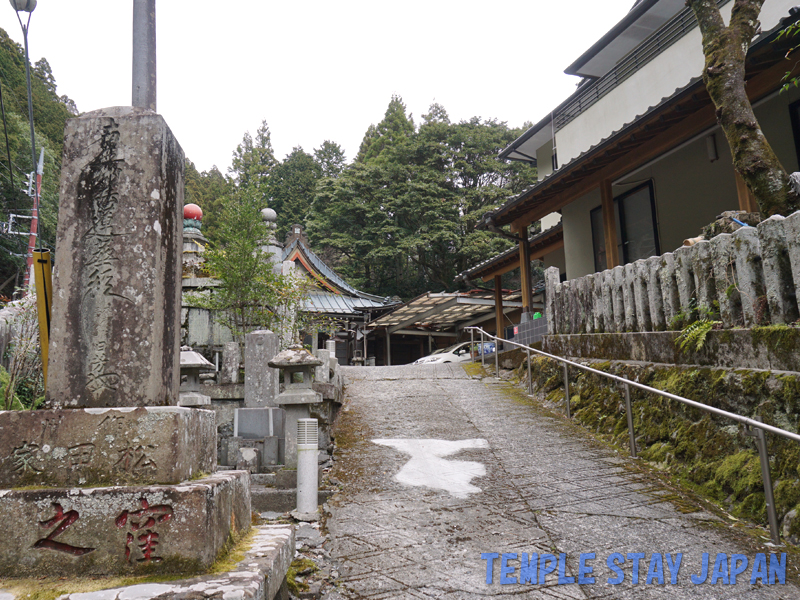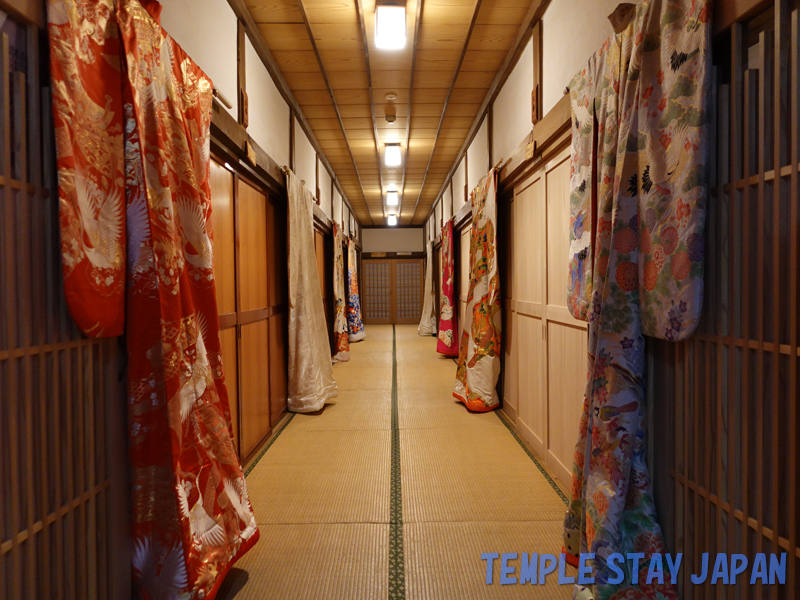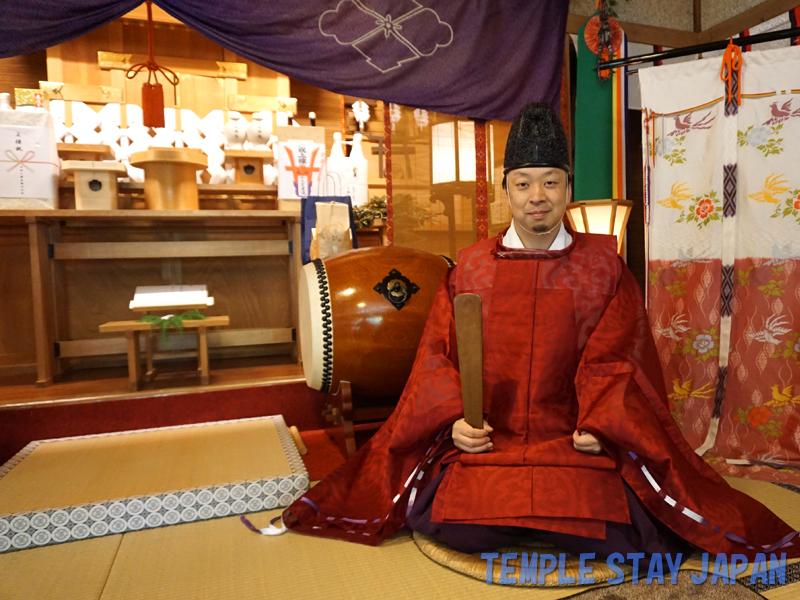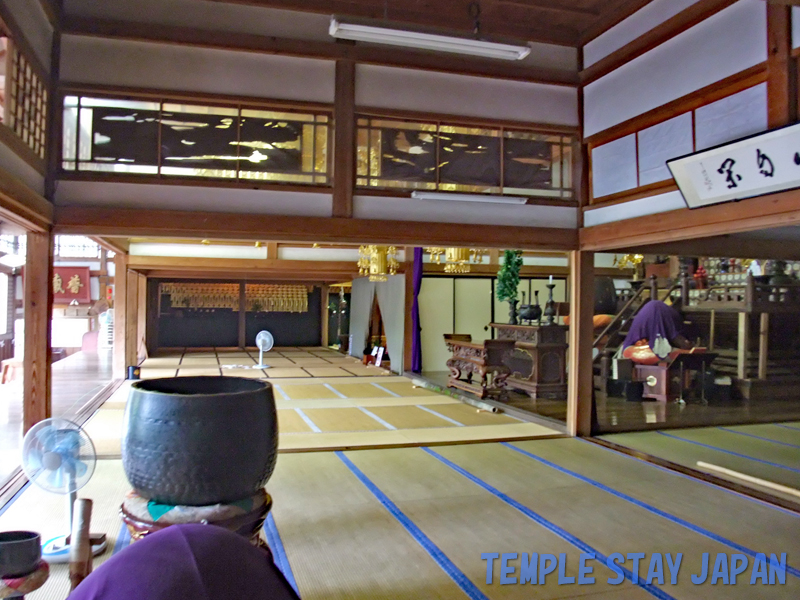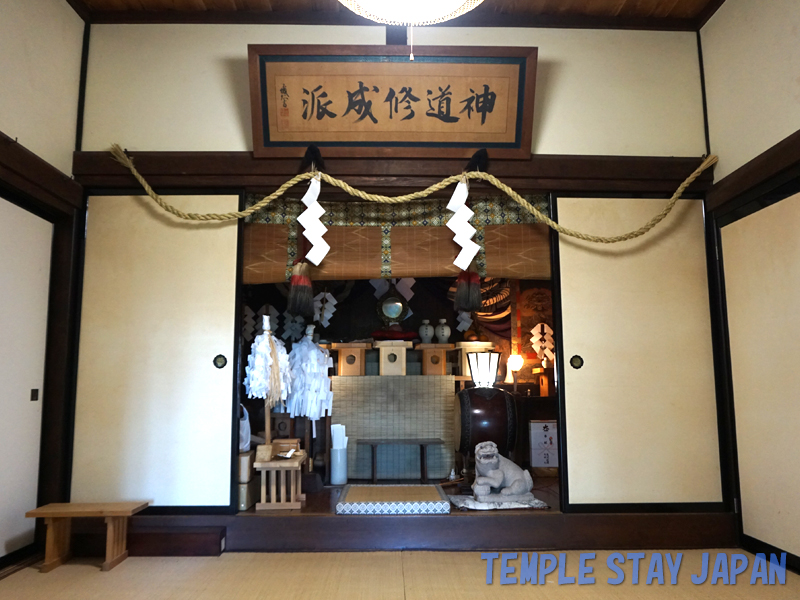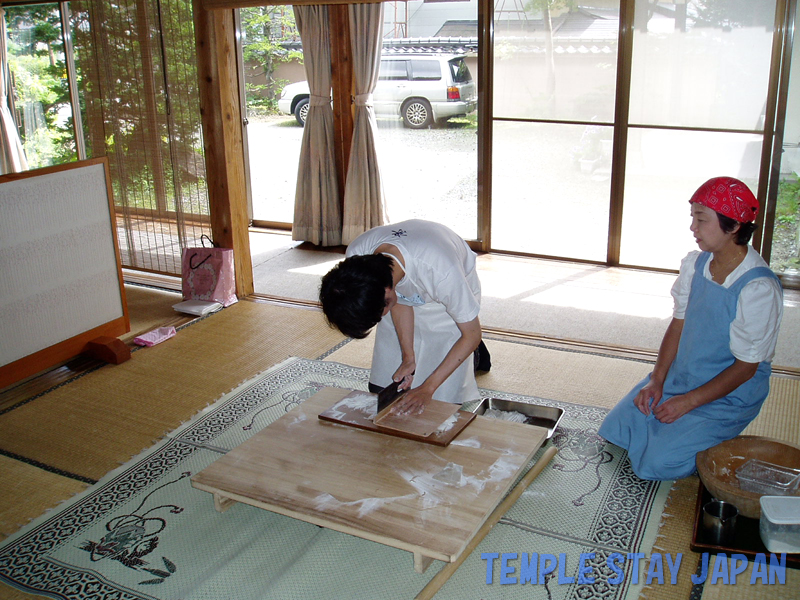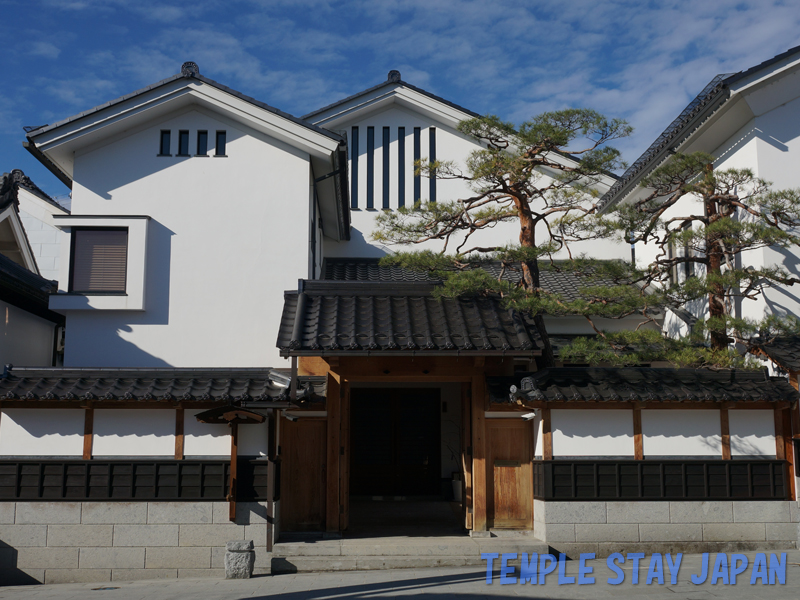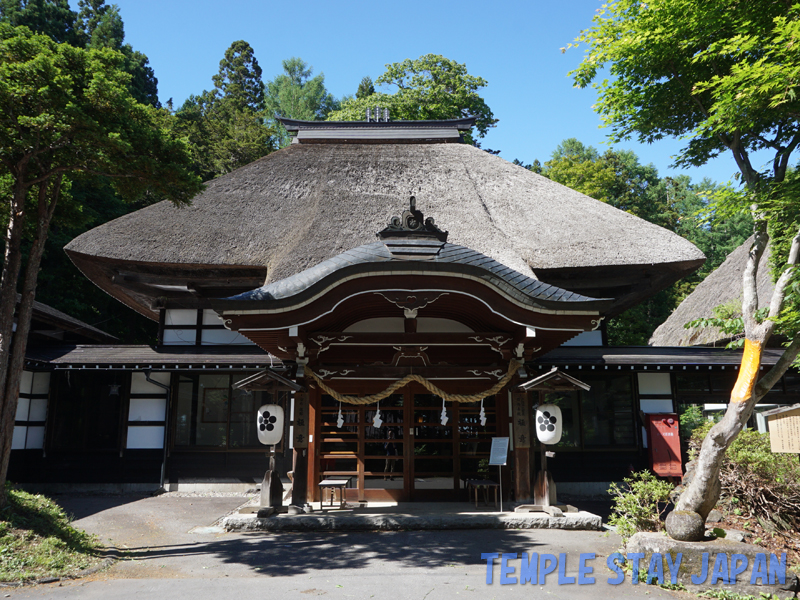Chubu– category –
-

Kubonobo temple stay (Yamanashi)
This is a shukubo of Minobusan Kuon-ji temple. The rooms are separated by sliding doors, but are spacious and comfortable. The religious services at Kubono-bo are conducted from 17:00. Also, a "Seizakai" is held from 14:00 to 16:00 on the second and the fourth Sunday every month. -

Kakurinbo temple stay (Yamanashi)
This is a shukubo of Minobusan Kuon-ji temple. The shukubo people were very kind and they served good food. Also, the Japanese garden of Minobu Town, which is designated as a cultural asset, is very beautiful. It is a must see. I felt as if my mind had been purified while I was leisurely watching the scenery. -

Oyado-Suwa shrine stay (Nagano)
This is a shukubo of the Togakushi Shrine. It used to be called Enmei-in in ancient times. Inside the building is a Shinto altar dedicated to Kuzuryu-no-Okami, Togakushi-no-Okami, ujigami and Fudomyo-o (Cetaka). Prayers are taken place in this place and it is open to general public to come and pray. -

Soujiji-Soin temple stay (Ishikawa)
Souji-ji is an old temple of the Sodo sect which was opened in 1321. Together with Eihei-ji temple in Echizen, it enjoyed prosperity as the head temple of the Sodo sect. You are able to receive instructions on zazen practice and eat shojin vegetarian cuisine. You can stay for zazen only up to two nights in principle. -

Natadera temple stay (ishikawa)
Natadera temple used to be a holy place to worship gods in ancient times. Nachidera's shukubo "Ikumo" is located at the top of Mount Engyo, with an altitude of 470 meters. The experience menu includes musical meditation and shakyo (copying sutra by hand). -

Oshi-ryokan shrine stay (Nagano)
This shukubo is located at the bottom of the stairs leading up to the Hokosha of Togakushi shrine. It has a beautiful thatched roof matching the well maintained garden. There was a morning service in which I participated. Their specialty, which is of course “soba” (buckwheat noodles), is nothing but delicious. -

Takeda-ryokan shrine stay (Nagano)
This is the shukubo where Shingen Takeda (1521-1573), a great feudal load and warrior prayed for victory. I had Togakushi soba (buckwheat noodles) for dinner (on an all-you-can-eat soba plan). They served fresh soba noodles using soba harvested in their own fields. -

Saisyoin temple stay (Nagano)
This shukubo is located closest to the mountain gate of Zenko-ji temple. A shukubo staff member said, "The head priest or the vice-head priest usually guides guests around the precinct. Many of the guests are repeat visitors and we have a family relationship with them." -

Fuchinobo temple stay (Nagano)
This lodging is a shukubo of Zenko-ji temple and it has a good reputation for its special shojin vegetarian dishes. You will be guided to worship at Zenko-ji temple in the morning and participate in the grateful receiving of the juzu rosary in front of the main hall. -

Gokui shrine stay (Nagano)
This shukubo is the former Tokuzenin of Togakushi Shrine. It has a beautiful thatched roof noted as a Japanese cultural asset. This shukubo is famous for Togakushi soba (buckwheat noodles), which descended from the Edo period. They also served sake that had been dedicated to the gods.

